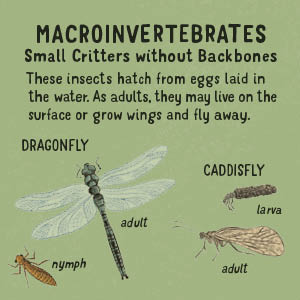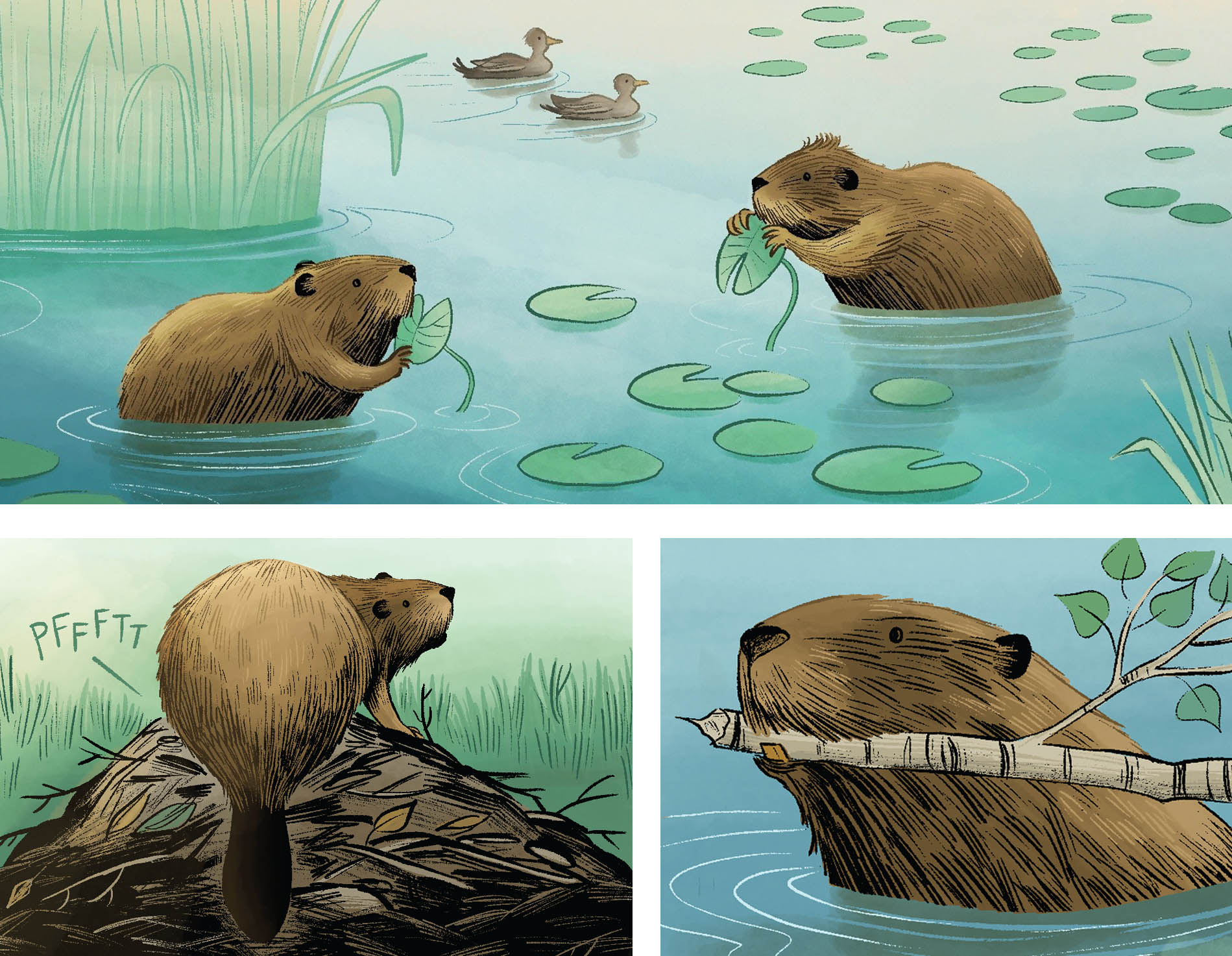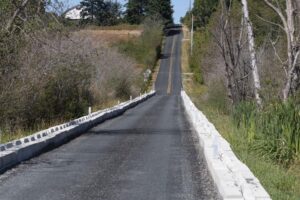So the birthday beaver bash continues with beavers on CBS news over the weekend and a fine appearance with Leila and Emily to boot. I will share that soon but this news has waited 30,000,000 years already so it gets to go first.
30-million-year-old amphibious beaver fossil is oldest ever found
 A new analysis of a beaver anklebone fossil found in Montana suggests the evolution of semi-aquatic beavers may have occurred at least 7 million years earlier than previously thought, and happened in North America rather than Eurasia.
A new analysis of a beaver anklebone fossil found in Montana suggests the evolution of semi-aquatic beavers may have occurred at least 7 million years earlier than previously thought, and happened in North America rather than Eurasia.
In the study, Ohio State University evolutionary biologist Jonathan Calede describes the find as the oldest known amphibious beaver in the world and the oldest amphibious rodent in North America. He named the newly discovered species Microtheriomys articulaquaticus.
Calede’s findings resulted from comparing measurements of the new species’ anklebone to about 340 other rodent specimens to categorize how it moved around in its environment – which indicated this animal was a swimmer. The Montana-based bone was determined to be 30 million years old – the oldest previously identified semi-aquatic beaver lived in France 23 million years ago.
Watery beaver! Just so you understand this isn’t a new FIND but a new understanding of the previously found fossil because god knows people get the wrong ideas about beavers all the time. This little beaver adapted to life in the water SEVEN MILLION YEARS earlier than we used to think. And it happened in north America, not Europe.
The scientists, including Calede, who found the bones and teeth of the new beaver species in western Montana knew they came from beavers right away because of their recognizable teeth. But the discovery of an anklebone, about 10 millimeters long, opened up the possibility of learning much more about the animal’s life. The astragalus bone in beavers is the equivalent to the talus in humans, located where the shin meets the top of the foot.
Calede took 15 measurements of the anklebone fossil and compared it to measurements – over 5,100 in all – of similar bones from 343 specimens of rodent species living today that burrow, glide, jump and swim as well as ancient beaver relatives.
Running computational analyses of the data in multiple ways, he arrived at a new hypothesis for the evolution of amphibious beavers, proposing that they started to swim as a result of exaptation – the co-opting of an existing anatomy – leading, in this case, to a new lifestyle.
“In this case, the adaptations to burrowing were co-opted to transition to a semi-aquatic locomotion,” he said. “The ancestor of all beavers that have ever existed was most likely a burrower, and the semi-aquatic behavior of modern beavers evolved from a burrowing ecology. Beavers went from digging burrows to swimming in water.
As I have painfully learned this year, anklebones are very important and understanding the right way to use them so they do not break is even more important.
Microtheriomys articulaquaticus did not have the flat tail that helps beavers swim today. It likely ate plants instead of wood and was comparably small – weighing less than 2 pounds. The modern adult beaver, weighing 50 pounds or so, is the second-largest living rodent after the capybara from South America.
It looks like when you follow Cope’s Rule, (Keep getting larger as you evolve) it’s not good for you – it sets you on a bad path in terms of species diversity,” Calede said. “We used to have dozens of species of beavers in the fossil record. Today we have one North American beaver and one Eurasian beaver. We’ve gone from a group that is super diverse and doing so well to one that is obviously not so diverse anymore.”
Less than 2 pounds! That’s the size of a baby muskrat! I wonder what they looked like. And would still like to know when they started building dams…
Now because we all were good and did our science lesson for the day we get to go to the movies. Enjoy…













































